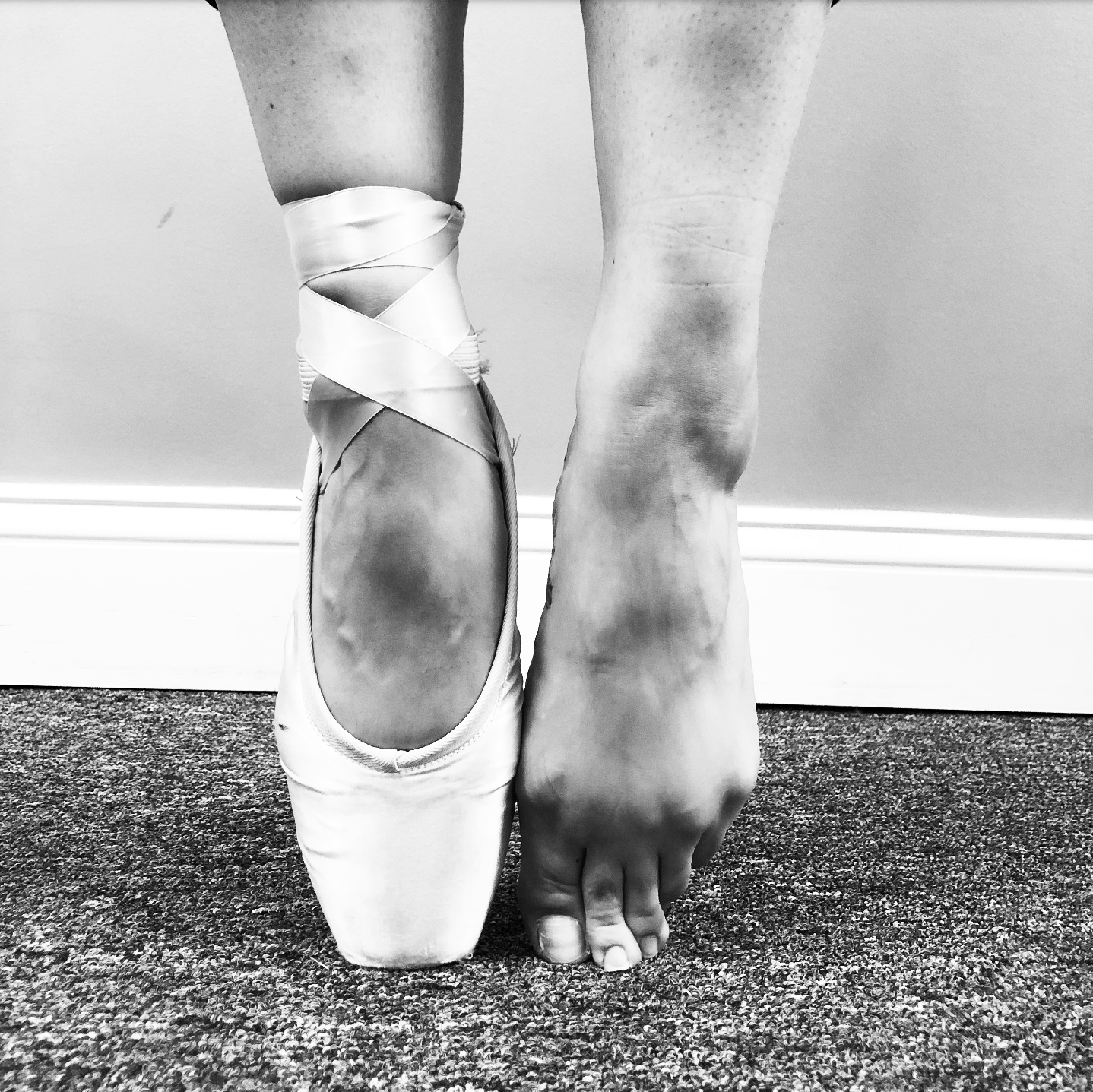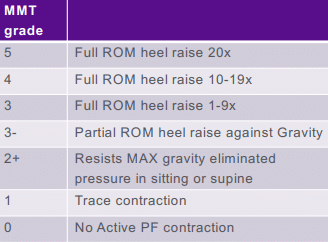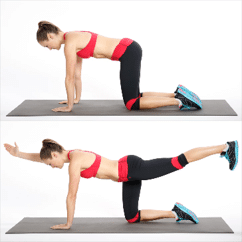
According to the Harkness Center for Dance Injuries, 66% of dance injuries occur at the foot and ankle, and these injuries associated with introduction to pointe shoe wear, can be reduced with appropriate screening of students by instructors and medical professionals such as physical therapists and physicians.
The Harkness Center for Dance Injury criteria for transition to pointe work includes a detailed assessment of the following: stage of physical development; the quality of her (or his) trunk, abdominal and pelvic control (“core” stability); the alignment of her legs (hip-knee-ankle-foot); the strength and flexibility of her feet and ankles; and the duration and frequency of her dance training. It is noted that pointe shoe work creates a force on the foot that is up to 12x the ballerina’s body weight, which can be damaging to growth plates and overall typical physical development in young dancers. With this in mind, the typical time to begin is around 12-13 years of age, which is considered to be a generalized maturation point for many young girls. In addition to age as an indicator of maturity, dancers can also be screened for physical readiness based on a series of tests for balance, foot/ankle strength, as well as hip and core strength.
Criteria for Physical Readiness:
Foot and Ankle
- Range of Motion:
- Dancers should present with greater than or equal to 90 degrees of plantar flexion range of motion (aka the position of a fully pointed foot) pointe shoe work.
- 90 degrees is the minimal requirement for demi pointe (flat shoe work)
- Elite dancers (per the Harkness Center for Dance Injuries) often present with approximately: 113 degrees of plantar flexion and 0 (neutral foot placement)-10 degrees of dorsiflexion (the fully flexed position of the foot)
- Inadequate plantar flexion can result in posterior bony or soft tissue impingement
- Dancers should present with greater than or equal to 90 degrees of plantar flexion range of motion (aka the position of a fully pointed foot) pointe shoe work.
- Strength:
- Student must pass the plantar flexion strength assessment (manual muscle test) with 4/5 or 5/5 (see below table)

- Student must pass the plantar flexion strength assessment (manual muscle test) with 4/5 or 5/5 (see below table)
- Single leg stance:
- Students should be able to hold SLS for at least 30 seconds with eyes closed without compensation with flat foot
- Students should also be able to maintain releve in passe for at least 5 seconds without foot/ankle or core compensations such as arching of the back or loss of full releve
- Single leg jump and landing:
- Students should be able to perform single leg sautes or comparable jump with good form with both take-off and landing for at least 10 repetitions
Hip and Knee
- Range of Motion:
- Students should present with full hip and knee range of motion with no compensation
- Strength:
- No evidence of genu valgum (knock knees) or hip drop with the following functional tests to indicate adequate hip and knee strength:
- Lateral step down test (bilaterally)
- Functional squat
- Single leg squat (bilaterally)
- Perform RDL (Russian Deadlift) and/or airplane test with good form and minimal compensation bilaterally
- Passing a strength assessment from a medical professional (i.e. physical therapist/physician) if further assessment feels necessary or wanted by student, family, or instructor
- No evidence of genu valgum (knock knees) or hip drop with the following functional tests to indicate adequate hip and knee strength:
Core
- Strength:
- Achieve level 4 or 5 on Sahrmann Scale of Core Strength and Stability

- Maintain a plank on elbows for >30 seconds with good form and no compensations
- Be able to maintain good form with bird-dogs or other comparable anti-rotation activity

- Achieve level 4 or 5 on Sahrmann Scale of Core Strength and Stability
Are you ready to dance en pointe? Call 3DPT and we can help you determine if your body can handle the stresses of dance and dancing en pointe.
Categorized as: Articles